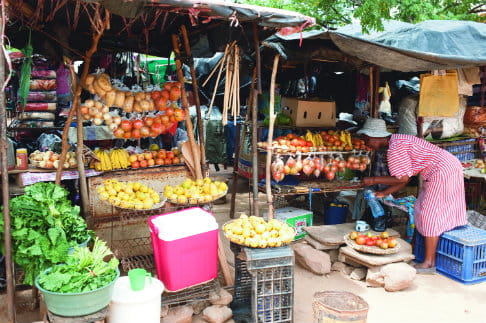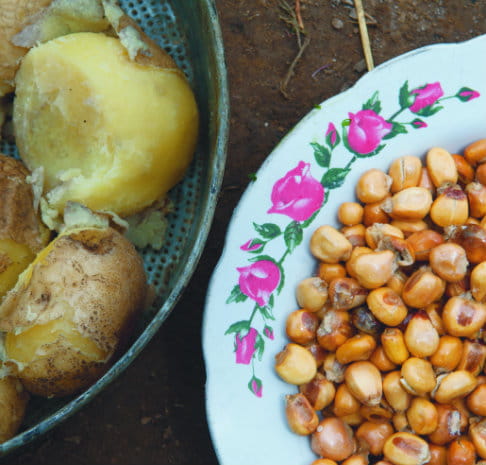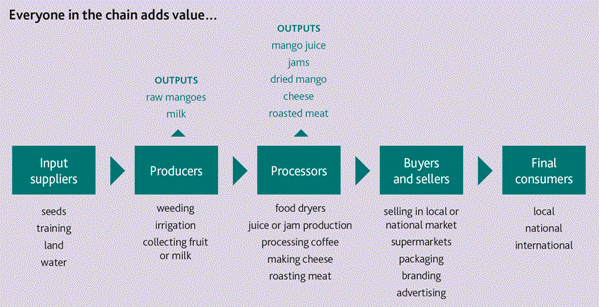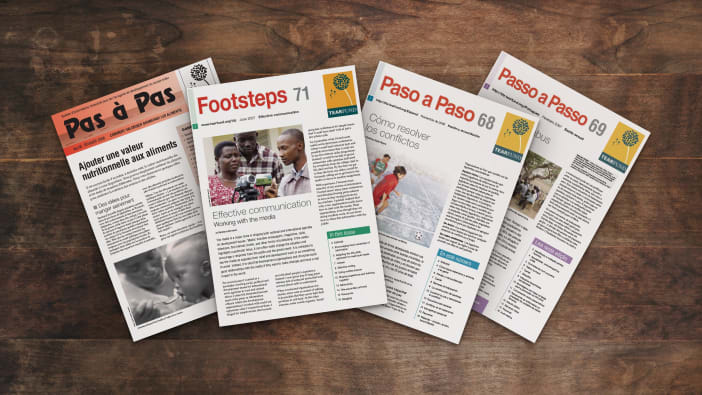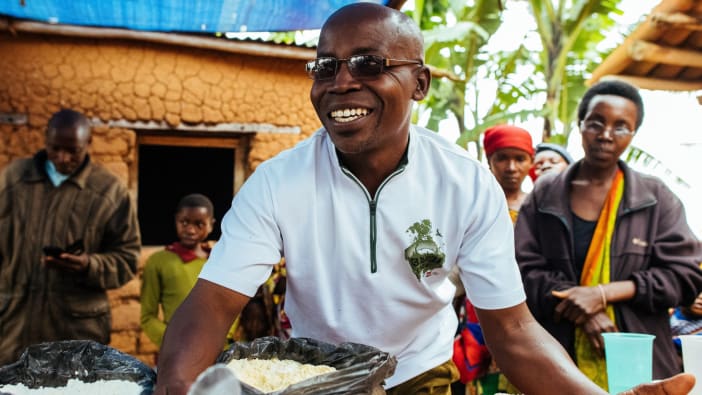We live in a world of extreme contrasts, where more than 840 million people do not have enough to eat and where 1.4 billion people are now dangerously overweight (United Nations report, 2012). It is a world where one person in every eight goes to bed hungry. But the amount of food needed to feed this same number of people is lost and wasted. This means that the energy, water, fertiliser and land that went into producing this food has also been wasted.
The world’s population is expected to increase to 9 billion by 2050. Although global agricultural production has been increasing steadily over the last 50 years, the effects of climate change and the increasing demand on the limited resources available to produce food (eg water, land and energy) will make it difficult to feed the new global population.
We need to get better at making the most of the food that we have, whether it is the food we grow ourselves or the food that we buy. We can do this by improving nutrition, by processing or preserving food to increase its value and by reducing food waste.
Food that makes us stronger
Making the most of food also means making sure that the food we eat enables us to be healthy and lead an active life. This means making sure that food is of good quality with good nutritional value. Micronutrients, such as vitamins and minerals, are important for a healthy diet. A third of the global population does not have the right amount of micronutrients such as vitamin A, iodine, iron and zinc. For example, if you do not have enough vitamin A, you can suffer from preventable blindness. But eating certain foods can provide the vitamin A you need (fish, eggs, orange-fleshed sweet potato etc).
Good nutrition is especially important for children and those going through puberty as it affects their growth, development and chances of survival in the future. Other groups of people also have special food needs, both in terms of nutrition and the types of food they are able to eat. These groups include women (particularly during pregnancy), elderly people and people living with HIV and AIDS. Being aware of the food needs of these groups is important so we can make sure that everyone has the right balance of food for a healthy life.
Turning food into income
As well as producing food for their own needs, many people in rural and urban places also sell a portion of their harvest to provide income for other household needs. One way to add value to the product is by processing a raw material into another product, for example by turning fruit into jam or juice. Other ways to add value to food include drying, fermenting, roasting or the combining of multiple products together to make a higher value product, for example baking bread or cooking dishes or snacks to sell as street food. Processed products are typically higher in value than unprocessed products.
A value chain looks at the different steps involved in changing raw material into a finished product ready for sale. At every stage in the chain the product typically gains value.
This is often known as ‘moving a product along the value chain’. Thinking through a value chain for different products can help people to see if there are ways of increasing income by adding value to their products or by removing links in the chain. The game in the box on the opposite page is designed to introduce the idea of a value chain to a group.
In season and out of season
Preserving or storing food means we can enjoy the benefits of the product throughout the year. Preserving fruit or vegetables can ensure that even during months when there is a lack of fresh fruit and vegetables, it is still possible to access important vitamins and minerals from the preserved product.
Usually everyone in a community will be harvesting their produce at the same time, so market prices fall at harvest season, making it harder to get a good price. Storing a product enables it to be sold at another time of year when market prices are higher.




